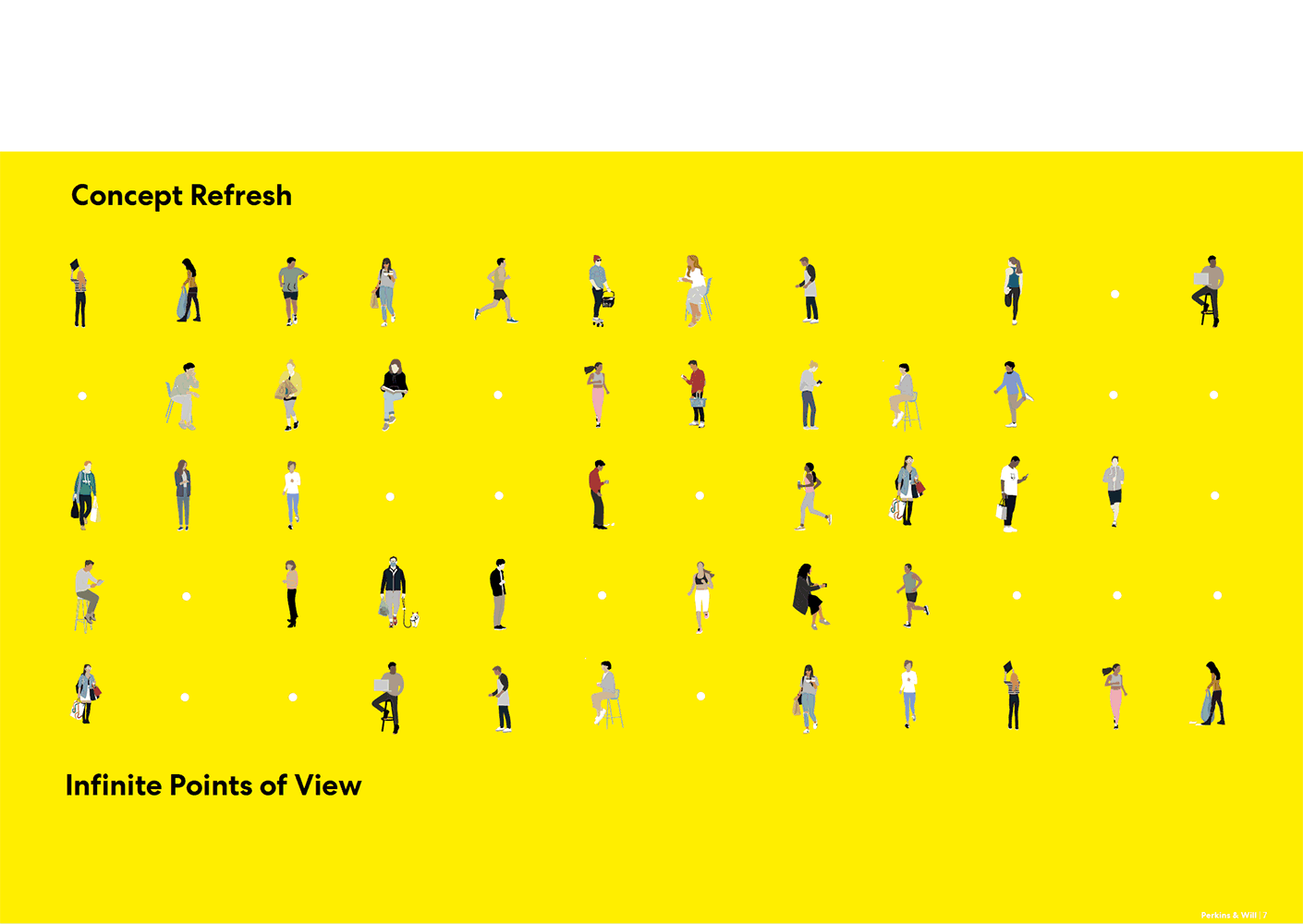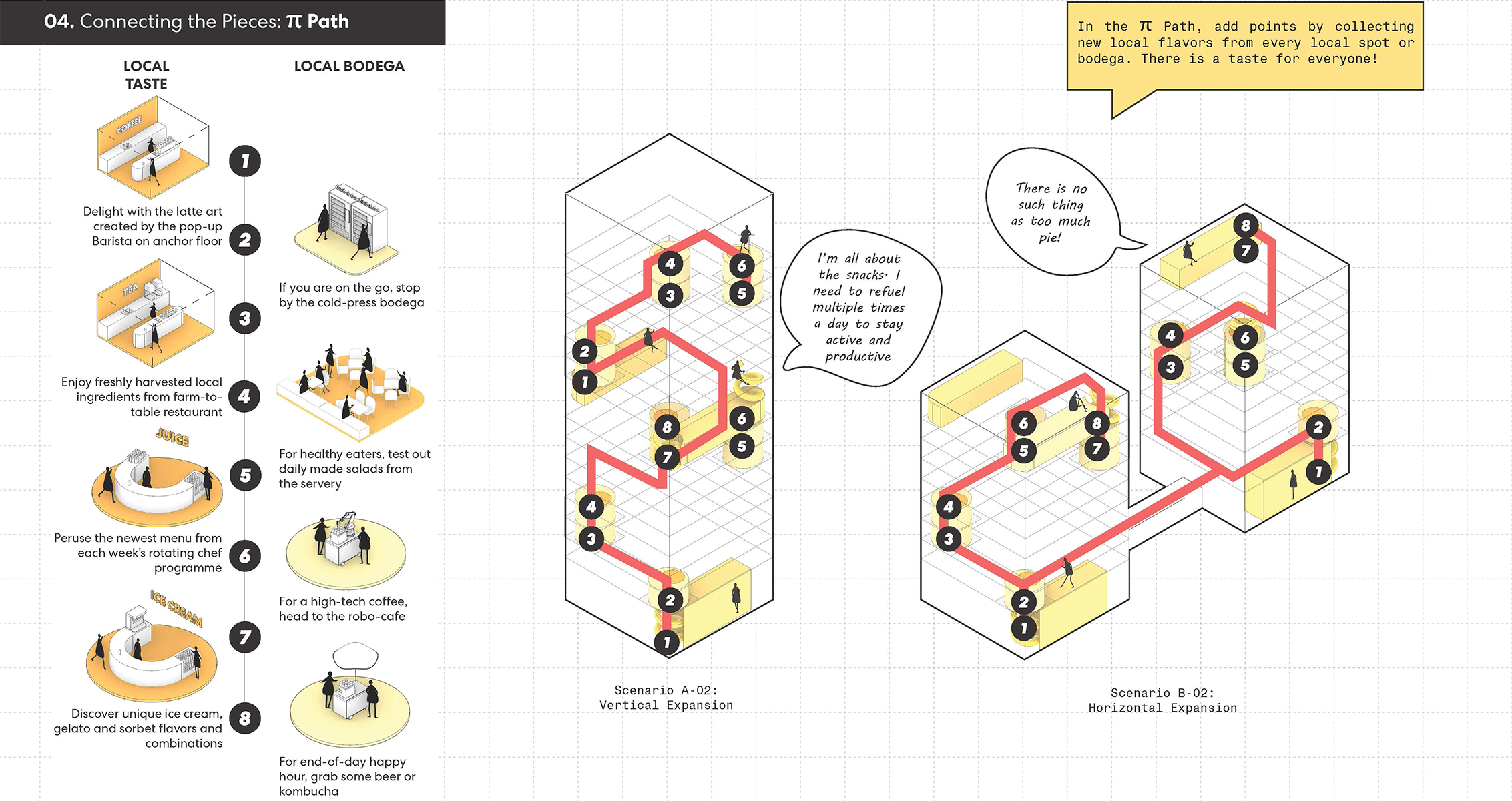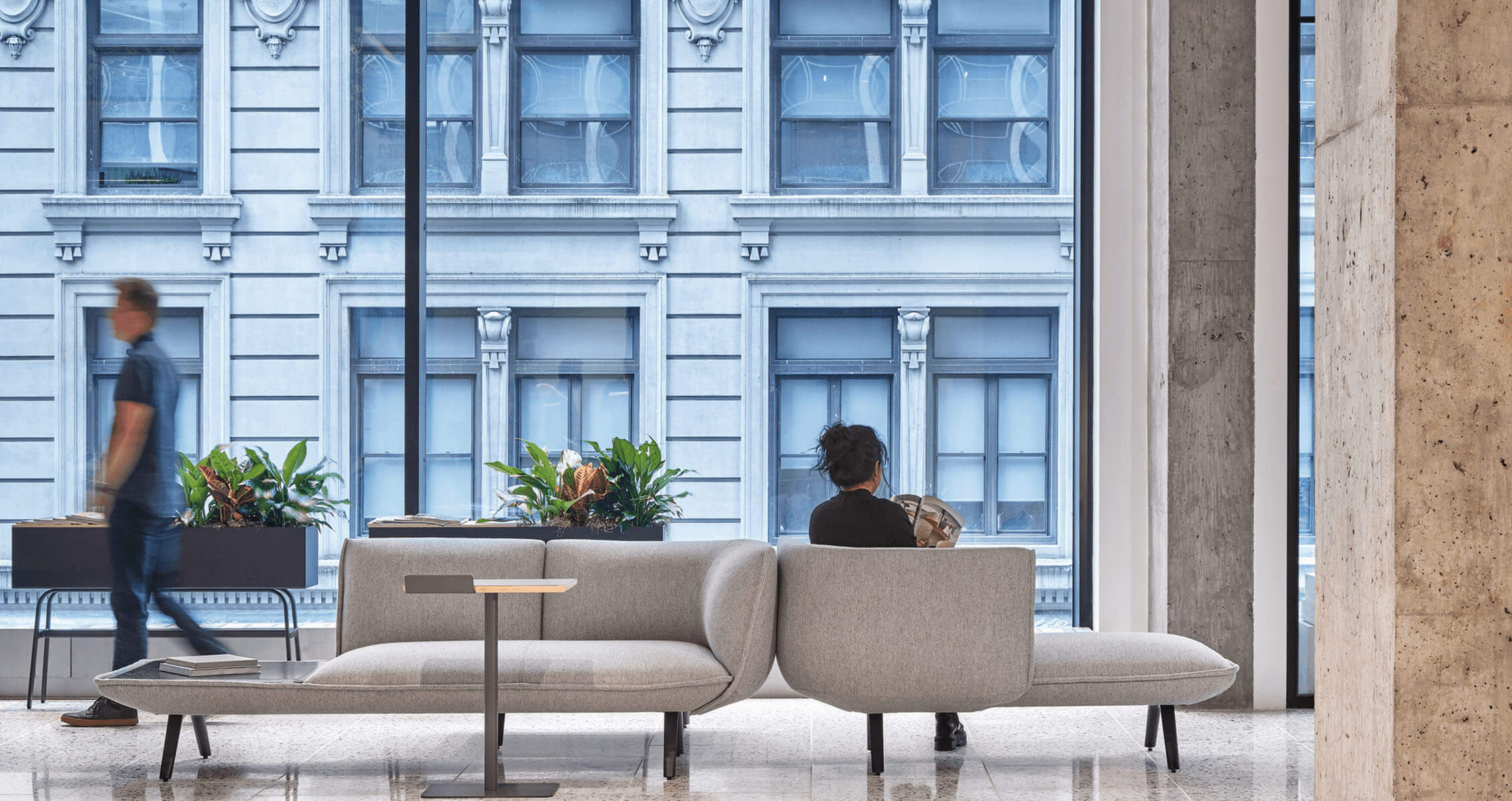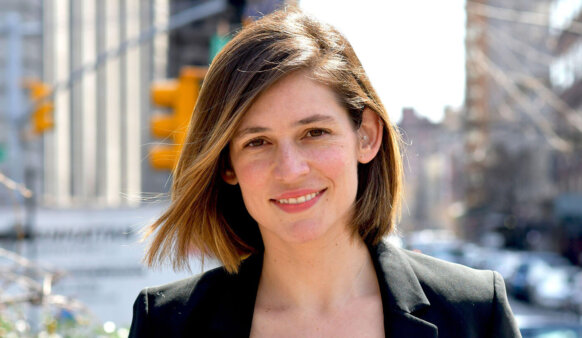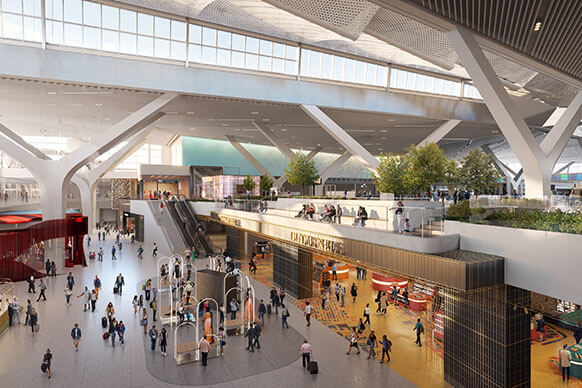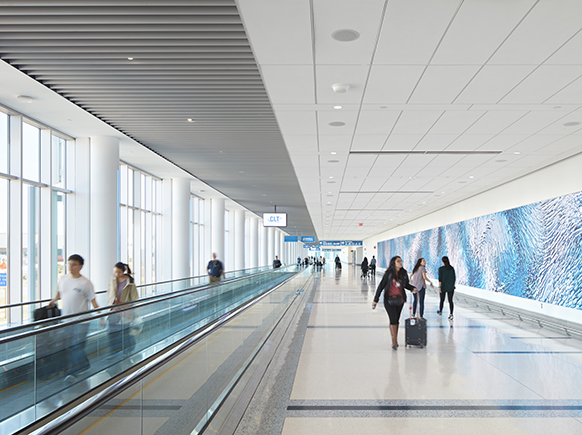Is architecture and design across the globe starting to look the same? Are our tastes really converging, or are they being shaped by dominant global trends?
As I scroll through my Instagram feed every morning, I can’t help but wonder: Is architecture and design across the globe starting to look the same? Are our tastes really converging, or are they being shaped by dominant global trends? Cultural critic Kyle Chayka asserts in Filterworld that as we become more interconnected online, exposure to the same media, products, and design influences creates a preference for familiar aesthetics (thanks to my colleague Matt Krissel for the great book recommendation). Often, it’s driven by the “flavor of the month,” a constant cycle of popular trends dictated by social media, global brands, and influencers that overshadows local tastes and preferences. If we let this phenomenon take hold, homogeneity can overly influence and dilute authentic design.
Although trends create a sense of shared culture, they generate a feedback loop that tends to suppress individuality and regional diversity, resulting in a more uniform aesthetic. What we consider “good” or “desirable” design is increasingly influenced by what’s trending globally, rather than by personal or culturally specific values. This cycle is fueled by biases and the demand for easily digestible, non-disruptive content driven by social media algorithms—an autogenerated force that diminishes the depth, nuance, and richness that define people, art, and life. The outcome is often a design world that may be visually engaging but lacks the depth that comes from diverse perspectives and localized creativity. This, to me, is one of the greatest design challenges of our time: How do we create an authentic sense of place?
As a design strategist in New York City—a place that is both intensely local and profoundly global—I’ve found the challenges to be even more complex. New York has its own character, yet it’s a city constantly interacting with the world. Although there’s no single “best” way to tell the New York story, we find rigor and beauty in exploring through design. We strive to reflect the unique spirit of the city and state in the spaces we design, allowing it to be understood by locals and visitors alike without overt explanation. For us, the built world is the manifestation of our values and our perspective on the world. It’s a fundamental layer that shapes how we connect, experience, and live in it.
